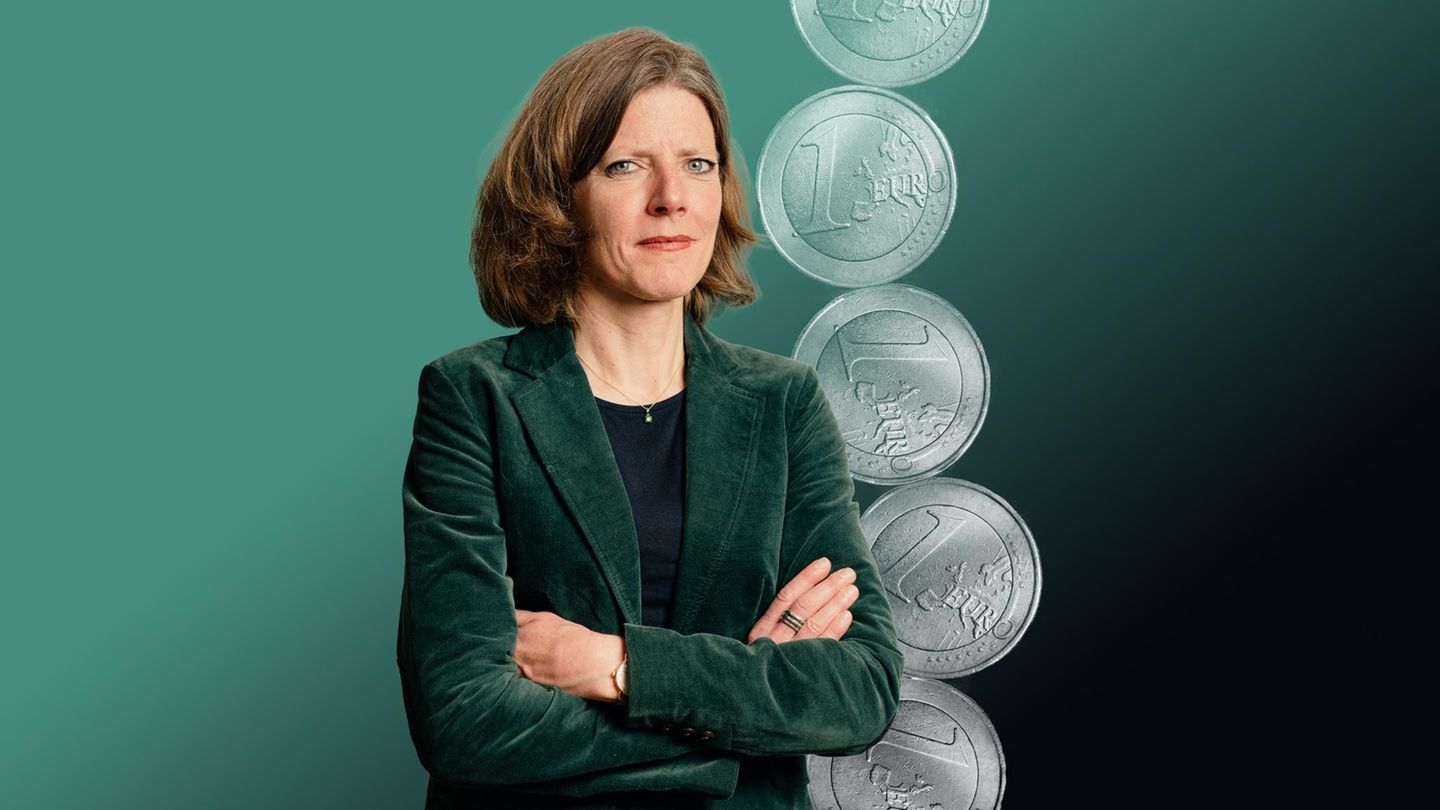One of the main ones to highlight was his way of choosing the employees. jobs I was looking for personnel who focus on content, who understand the concept of Manzana and he had a way of finding out.
Steve Jobs: his method for choosing employees
steve-jobs.png
Steve Jobs is the founder of Manzana.
Steve Jobs paid a visit to Xerox PARCa leading research and development center focused on innovative technologies, where he first encountered what would be his future: the computer.
Impressed by what he saw, he decided to gather his most talented team to work on a version of Manzana of the graphical user interface. Many of these employees, however, failed to fully grasp the idea: “I clearly remember being told that It would take five years to design a mousse and it would cost $300.“.
Tired of this situation, the tycoon decided to leave and on the way he met David Kelly Design: “Within 90 days we had a mousse that we could make for $15 and that was incredibly reliable.”
It was there when the CEO He realized the lack of understanding of the concept within his company. Many confused what Jobs called process and content.
The content is what matters
It is normal for “formulas of success” to be replicated in the business world. For example, when a multidisciplinary team launches a product with good results, it seeks to replicate the process for the next one.
For Steve Jobs This is a serious error, since the result of the process is the content. According to the tycoon theory, the employees Those who can understand the idea and understand the result are the exceptional ones.
Research highlights that, as with the 80/20 rule, the majority of a company’s performance comes from a minority.
It is that small percentage that identifies the Super stars, and this distribution is known as the power law. This law describes a functional relationship between two quantities, where a relative change in one quantity results in a proportional relative change in the other quantity, regardless of their initial sizes.
Following this line, a study concluded that employees High-yield ones are 4 times more productive than medium-yield ones.
Source: Ambito
I am an author and journalist who has worked in the entertainment industry for over a decade. I currently work as a news editor at a major news website, and my focus is on covering the latest trends in entertainment. I also write occasional pieces for other outlets, and have authored two books about the entertainment industry.




